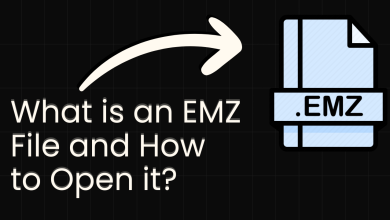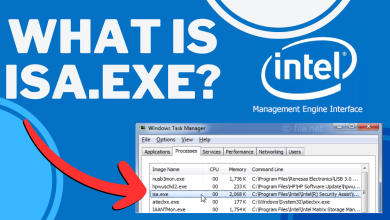What is wkufind.exe and Should I Remove It?
Several Windows users have been reaching us with questions after noticing a certain process (wkufind.exe) that are constantly taking up a lot of system resources, and in some cases, it slows down the Internet Connection considerably. Other users are reporting that they’re seeing a prompt at every startup telling them that wkufind.exe is attempting to run. Because of this non-standard behavior, some are worried that they might be dealing with some type of adware or virus that might leave their system exposed to security threats.
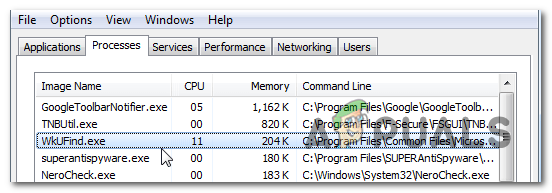
What is wkufind.exe?
The genuine wkufind.exe is a software component that belongs to Microsoft Picture. Since the executable is already obsolete on the newest Windows versions as the latest OS applications no longer have any use for it.
This legitimate Windows Picture process resides by default in C:\Program Files\Common Files\Microsoft Shared\Works Shared.
One of the most common tasks that it performs is to trigger auto-dialing when Internet access requires it. When installed, it serves as a Windows startup program and will automatically find, download and install updates for the Picture app from Microsoft servers. But since all updates for it are now unsupported, you should no longer have any use for it.
Keep in mind that the parent application of this process was initially called Microsoft Works. Then, it was rebranded Digital Image before being discontinued in 2006 a short time after Vista was released.
Is wkufind.exe Safe?
As we’ve specified above, the genuine wkufind.exe doesn’t pose any security risk and is not labeled as a dangerous process by security researchers. But keep in mind that some viruses will randomly choose this name and create registry and HDD locations in various locations under this name in order to avoid detection.
The vast majority of malware that gets developed nowadays are camouflaging themselves as trusted processes in order to avoid detection.
In order to ensure that you’re not dealing with a malicious process, we encourage you to perform a series of investigations that will allow you to determine if the executable that you’re dealing with is genuine or not.
If you plan on doing this, you should start by looking for evidence that the parent application is installed. If you previously tried to install Windows Picture (formerly called Microsoft Works), then it’s very likely that the executable you’re dealing with is genuine.
But if you don’t have the equivalent software installed, there’s no reason why you should see the wkufind.exe process active on your computer (unless is a remnant file).
In this case, you should look into the location of the suspicious process. To do this, press Ctrl + Shift + Esc to open up Task Manager. Once you get there, select the Processes tab from the horizontal menu at the top, then scroll down and look at each Background process to locate wkufind.exe.
Once you manage to locate the wkufind.exe process, right-click on it and click on Open File Location from the newly appeared context menu.
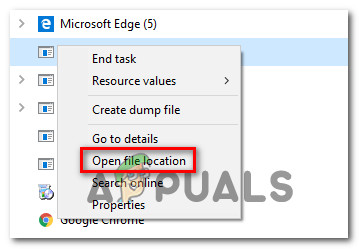
If the revealed location is different than C:\Program Files\Common Files\Microsoft Shared\Works Shared and you didn’t install the Windows Picture (formerly called Microsoft Works) in a custom location, then there’s a high chance that the file you’re dealing with is malicious.
In this case, you should analyze the suspicious process against a virus database that will help you determine if the file is indeed a malware in disguise. The easiest way to do this is to rely on a service like VirusTotal or similar.
If you decide on using VirusTotal, access this link (here), upload the file and wait for the analysis to complete.
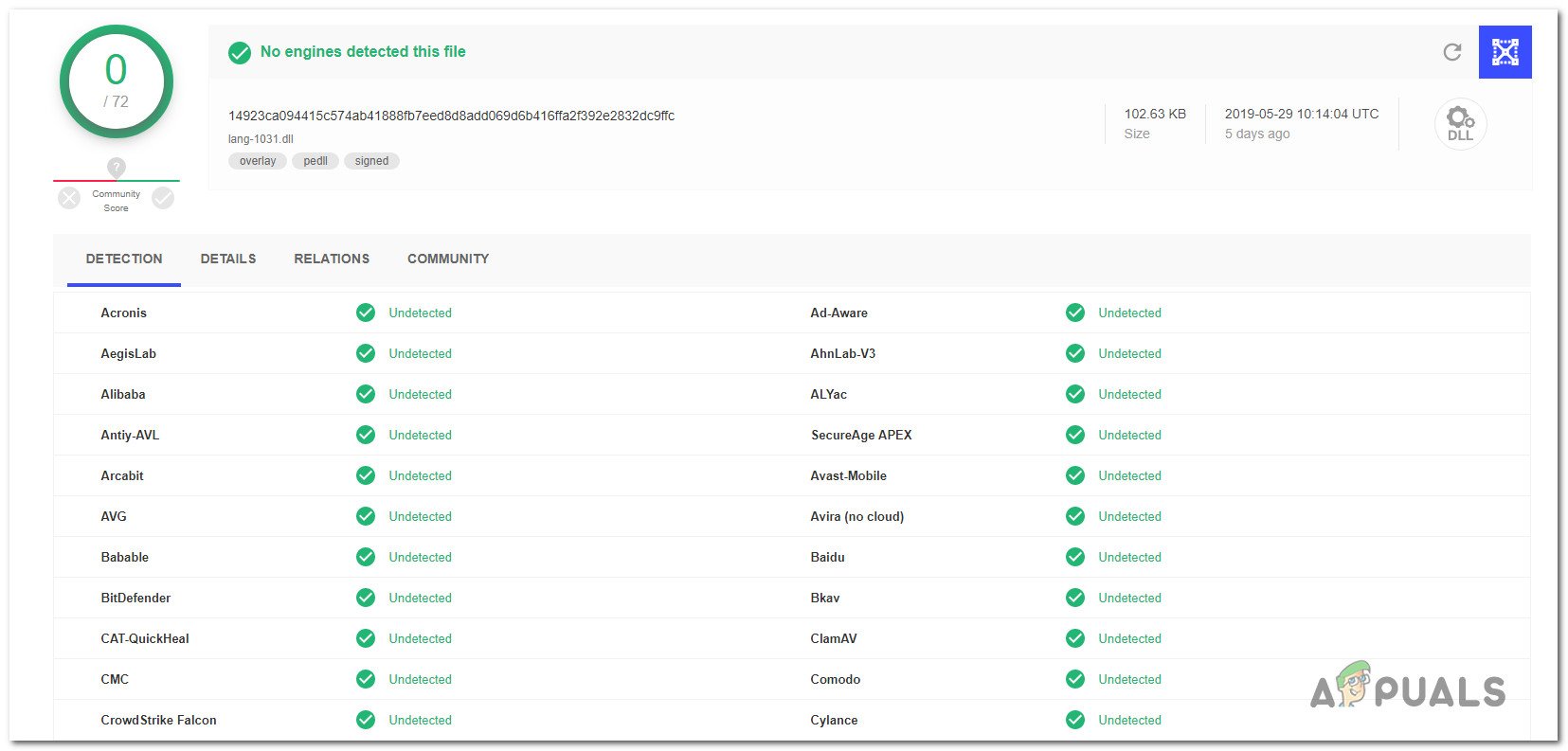
If the analysis didn’t reveal any inconsistencies, skip the next section and move directly to ‘Should I remove wkufind.exe?’
However, if the scan revealed a virus infection, follow the instructions below for instructions on dealing with the virus infection.
Dealing with the security threat
If the investigations above have raised suspicions that you’re dealing with some type of virus infection, it’s highly recommended that you deploy a security scanner capable of identifying and dealing with viruses that are designed to cloak themselves as system-protected processes.
Keep in mind that when dealing with a security threat of this kind, not all AV suites are being actively updated to keep up with the latest cloaking attempts. If you already a premium subscription for a security scanner, you should use it to scan your system.
But if you’re looking for a free alternative, we recommend deploying a deep scan with Malwarebytes. This type of scan will remove the vast majority of viruses that are designed to avoid detection by camouflaging as executables with enhanced privileges. If you’re unsure of how to do this, follow this step-by-step article here.
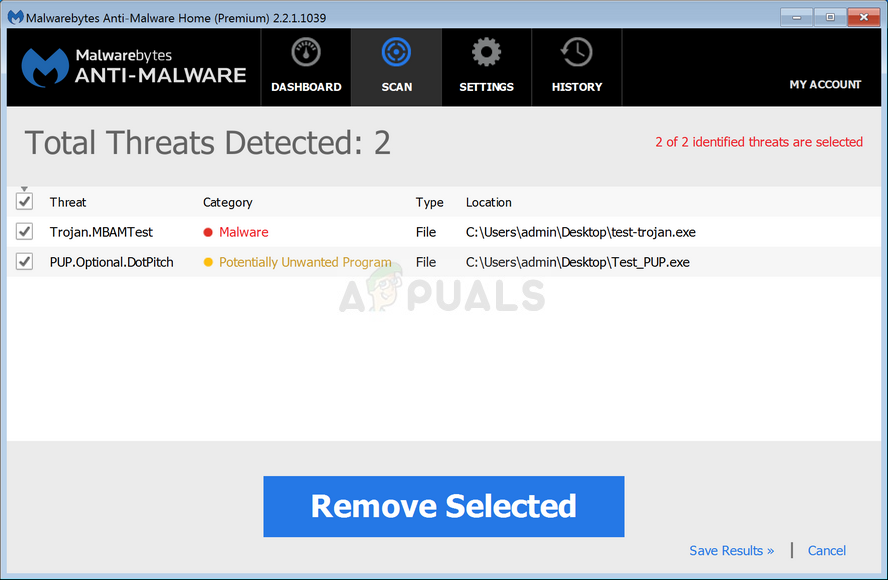
If the scan managed to identify and eliminate the virus infection, restart your computer, then move down to the next section.
Should I Remove wkufind.exe?
If you managed to confirm that the wkufind.exe process is genuine or you used a security suite to get rid of the infection, open Task Manager again (Ctrl + Shift + Esc) and see if the process is still present and consuming a considerable amount of system resources.
If you notice that the resource consumption is still high and you’re determined to get rid of the executable, you can safely remove it without affecting your operating system in any way.
Keep in mind that if you use a Windows version newer than Vista (Windows 7, Windows 8.1 or Windows 10), your OS has no use for the wkufind.exe and you can safely remove it with no fear of repercussions.
But if you decide to remove it, you need to uninstall the parent application rather than just deleting the file. If you don’t do this, chances are the parent application will regenerate the executable at the next startup sequence.
How to Remove wkufind.exe?
If you performed all verifications to confirm that the file is indeed genuine, you can safely uninstall it along with the parent application. Here’s a quick guide on uninstalling wkufind.exe along with the parent application Windows Picture (formerly called Microsoft Works):
- Press Windows key + R to open up a Run dialog box. Next, type ‘appwiz.cpl’ and press Enter to open up the Programs and Features window.

Type appwiz.cpl and Press Enter to Open Installed Programs List - Once you’re inside the Programs and Features window, look through the list of installed apps and locate Windows Picture or Microsoft Works. Then, right-click on the parent application and choose Uninstall from the newly appeared context menu.

Uninstalling the parent application - Follow the on-screen instructions to complete the uninstallation procedure, then restart your computer. At the next startup, you’ll no longer go to see the wkufind.exe process in taking up system resources in Task Manager.


